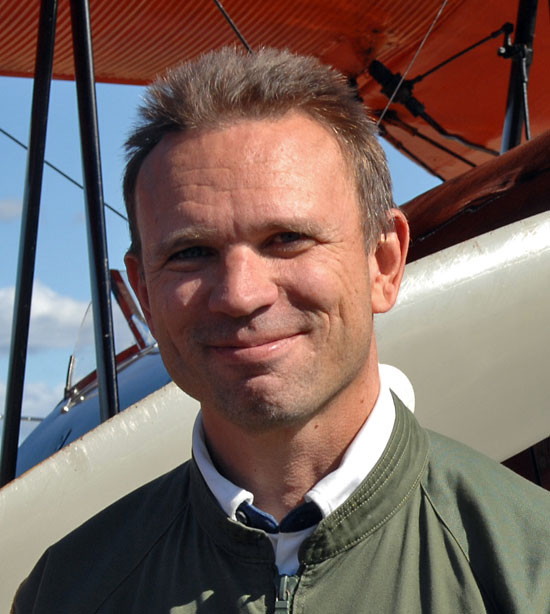by Jannes Neumann
OSTIV Prize awarded to Sakari Havbrandt and Henrik Svensson
The OSTIV PRIZE is awarded to:
Sakari Havbrandt and Henrik Svensson
for their contribution to the safety of gliding by creating the safety programs “Stop Crashing” and “Fly Safe”
Citation
The initiative for improving flight safety in gliding in Sweden began in 1994 under the name “Stop Crashing”. Sakari Havbrandt of The Swedish Soaring Federation was in charge of developing the first safety program together with a couple of safety officers. Swedish clubs had to successfully pass a sequence of specially designed safety seminars.
As a novelty in glider safety training these seminars did not focus on the single pilot. Instead, the training program, aims at changing the safety culture of a whole club towards an active accident prevention. Therefore, the first training session addresses the club as whole. Next the lead persons in the club are trained. The individual pilots are approached by the third thrust of the program. This leads to a change in the club’s culture with an everyday effort to analyze and control risks.
The success of Stop Crashing safety trainings is confirmed by the reduction of accidents in gliding: starting with the first country-wide training for all clubs in 1994, continuing with Stop Crashing 2 (1997) and Stop Crashing 3 (2000) the safety program has brought the number of accidents per 100 000 flights from about 55 down to 25.
Henrik Svensson succeeded Sakari and continued the safety work in the Swedish Soaring Federation together with safety officers and later launched a new program based on Stop Crashing, this program had the name “Fly Safe” (2009). Later, a second program in this series was launched, Fly Safe 2 (2017). After the Fly Safe programs the rate of accidents once more were reduced, from 25 to 15 accidents per 100 000 flights.
Particularly impressive is the correlation between training effort and safety. The programs were successively refined during the two decades following the initial introduction. These refinements resulted in significant, corresponding reductions of accident rates.
The Swedish program has become a blueprint for many safety initiatives in the world of glider flying. It demonstrated that organizational safety is not an exclusive attribute of commercial aviation. Clubs of non-professional gliding practitioners can be taught to provide an environment in which the errors of pilots will not develop into accidents.


Comments
Add a comment